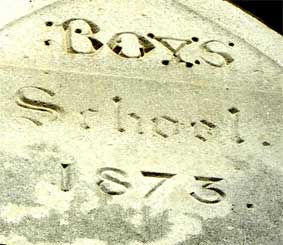



 2012 images
2012 images

 2012 images
2012 images



 Long shots in 2005
Long shots in 2005 





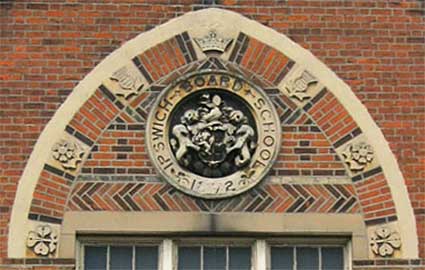
 2013 images
2013 images 2013 image
2013 image Photograph
courtesy John Bulow-Osborne 2014
Photograph
courtesy John Bulow-Osborne 2014 1908
advertisement from Harrison's Time
Table 1908
1908
advertisement from Harrison's Time
Table 1908
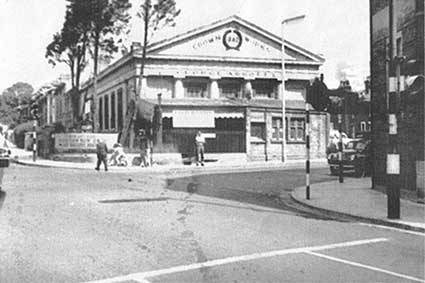 Photograph
courtesy Nick Wiggin
Photograph
courtesy Nick Wiggin  2025 images
2025 images




 October 2013: can't wait for those leaves to
fall...
October 2013: can't wait for those leaves to
fall...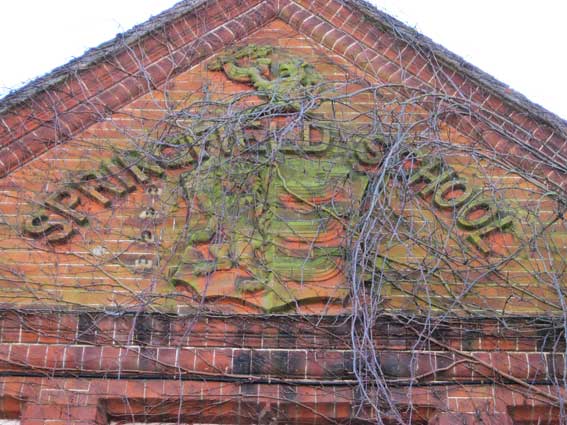 Enhanced
image 2014
Enhanced
image 2014

 2013 images
2013 images




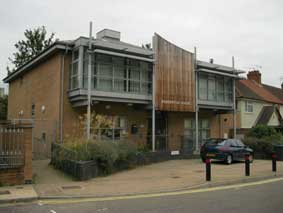 Grudging inclusion of replacement
building, 2013
Grudging inclusion of replacement
building, 2013
 (Photographs
courtesy
Mike O'Donovan)
(Photographs
courtesy
Mike O'Donovan)
 2013 images
2013 images


